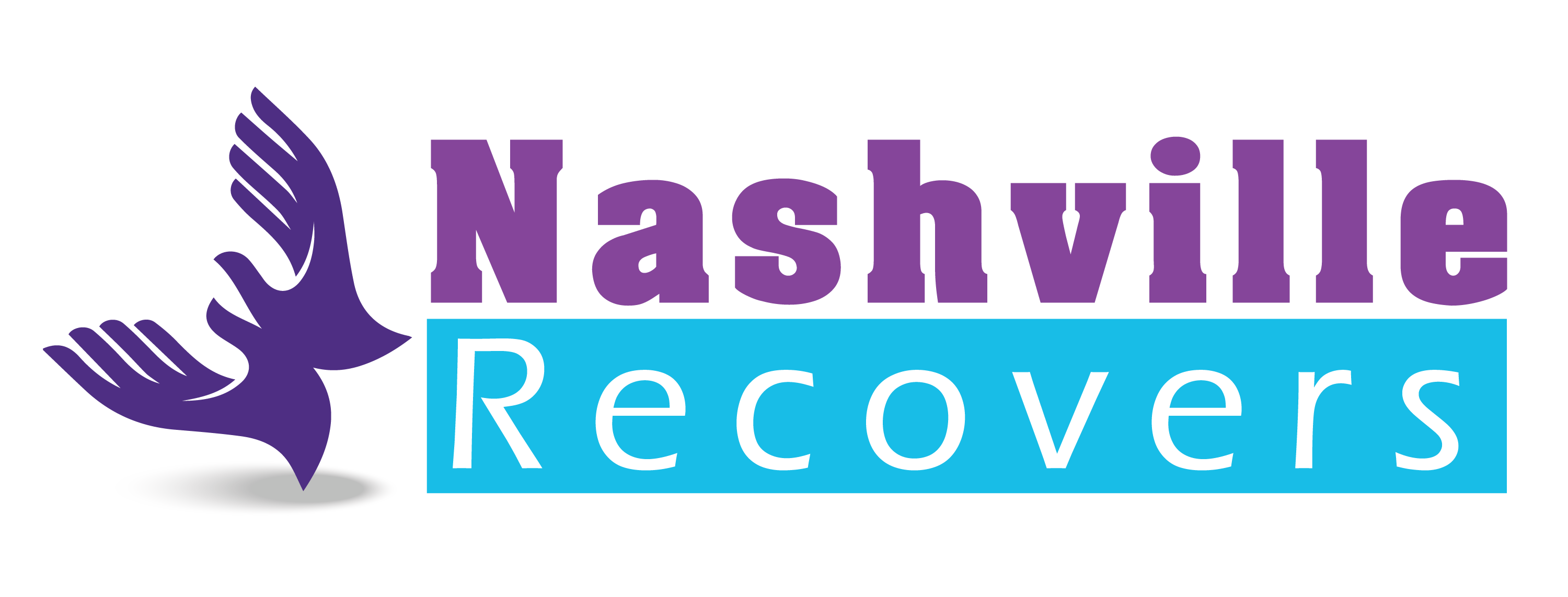Nearly 18 years ago, Pastor Mark Gay, homeless, parent-less, was stuck in a nasty crack-cocaine cycle in Memphis.
Sleep at the mission, work, get paid cash, buy crack, get high, go back to the mission.
“It was vicious,” Mark told me.
He kept seeing billboards for a place called Lighthouse in Memphis, a place for homeless addicts. Mark walked in to check it out – and he hasn’t left since.
What made the crack addict stay at first?
 The founder, Pastor Gregory Newcomb.
The founder, Pastor Gregory Newcomb.
“Here was a man who was a former drug addict, had a nice vehicle, a nice wife, a nice family,” Pastor Mark said. “I would ask God, ‘Why not me?’”
After “graduating” from the Lighthouse six month program, Pastor Mark stuck around and started answering phones and running errands. Eventually, he got a job on staff, got ordained and got shipped to Nashville to run the Safe Harbor/Lighthouse program.
And here, Safe Harbor provides housing, food, jobs and some classes – on fatherhood, anger management, financial health and more – for guys off the streets, or fresh out of prison or straight from drug court.
“The least of these,” Pastor Mark says, quoting the New Testament’s Matthew 25.
But it works, and here’s how: Safe Harbor has a ready pool of workers, and it functions as a temp agency, providing workers for construction and cleaning and factory crews all over Nashville.
Residents turn over most of their money, and they get housing, those classes, food – dinner yesterday was ham, greens, potatoes, fruit cocktail, breads and dessert – and even some counseling and 12-step groups at the adjoining Dream Center, run by Crosspoint Church.
When they graduate sixth months later, they leave with $300 for rent, $150 for utilities and $150 for food/clothes at Walmart.
Well, if they graduate.
As I’ve written before, most addicts relapse – regardless of financial standing, race, gender or anything else.
And that’s also true at Safe Harbor. Pastor Mark says more than 60% of those who come in “wash out” during the six months before graduation.
In addition, despite tough standards, there is some drug use among the residents of Safe Harbor, as there often is in any sober living house. Pastor Mark conceded that just the other day, he learned one resident sold a painkiller pill to another. (The buyer got booted for a night; the seller was told he had 15 minutes to leave before the police were called.)
And getting clean at Safe Harbor isn’t always pretty. The structure is in an old, run-down 38-unit apartment/dorm compound in a semi-sketchy area of West Nashville. Paint is peeling, some blinds are cracked, the parking lot could use some work, and I saw a hole in one dorm room wall.
But that may be more of a reflection of the state the property was in before Safe Harbor acquired it.
The one thing that Pastor Mark says Safe Harbor won’t do is give up on an addict. No matter how many times they relapse, if the addict is willing to come back and try it again, Safe Harbor welcomes them.
Even that guy who got busted selling the pain pill is welcome back, after a time. If he comes back and admits what he did and owns it and says he needs help, Pastor Mark says he’s welcome, too.
“I don’t believe God would have us turn away anyone who’s willing,” he says.
And that’s awesome, both for the addict and for the surrounding community. Every relapsing addict taken in by Safe Harbor is one fewer potential homeless person or maybe even one fewer person stealing from neighbors.
So we should all be grateful – we recovering addicts and the neighbors of recovering addicts – that Safe Harbor provides a place for any substance abuser who needs help.

Recent Comments